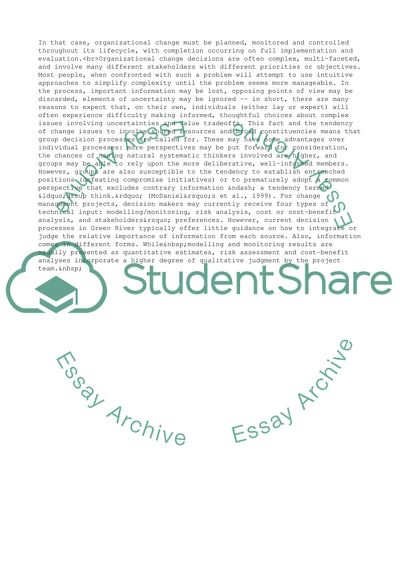Cite this document
(“Organizational Change and Development in FMC Green River Essay”, n.d.)
Organizational Change and Development in FMC Green River Essay. Retrieved from https://studentshare.org/management/1537010-fmc-case-study-organizational-behavior
Organizational Change and Development in FMC Green River Essay. Retrieved from https://studentshare.org/management/1537010-fmc-case-study-organizational-behavior
(Organizational Change and Development in FMC Green River Essay)
Organizational Change and Development in FMC Green River Essay. https://studentshare.org/management/1537010-fmc-case-study-organizational-behavior.
Organizational Change and Development in FMC Green River Essay. https://studentshare.org/management/1537010-fmc-case-study-organizational-behavior.
“Organizational Change and Development in FMC Green River Essay”, n.d. https://studentshare.org/management/1537010-fmc-case-study-organizational-behavior.


